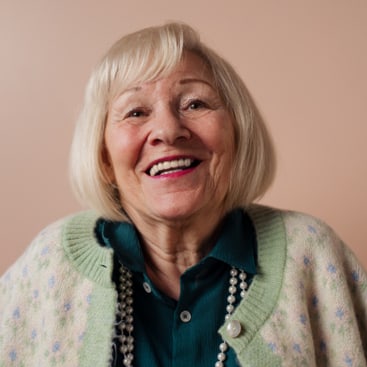By Kecia Lilly
For many years, reverse mortgages have been a controversial method of obtaining equity from a home. These types of loans are designed for seniors (generally 62 and older). A reverse mortgage is similar to a home equity loan; however, the borrower does not need income to qualify and the loan is not required to be repaid until the borrower moves, sells, or dies.
These loans have been used successfully by many, but there have also been many scams and fraudulent activity surrounding their improper use. If you are a senior seeking cash from a home that you now own, please get the advice of a legitimate financial advisor or a trusted banking relationship, rather than from a mail drop or cold-call. Your source should always be vetted, and never move forward without understanding all your options and the ramifications of a reverse mortgage.
While there are many ways to abuse the trust of a senior with these financial instruments, one of the worst practices that we have seen will financially ruin a senior in the critical final years of their life. One of the most expensive types of care available is In Home Care, and when it is full time (24/7) it may cost upwards of $20,000 per month. So when a senior is sold on a reverse mortgage in order to pay for this type of care, you can understand how quickly they would go through that nest egg. It could be within 5 or 6 months and if the care is still required for months or even years beyond that, the senior loses their home, and then cannot afford to go into Assisted Living or an Adult Family Home, and can be left penniless and homeless.
Assisted living, by contrast, may cost anywhere from $3,500 to $7,000 (depending on variables such as care requirements, private room, etc.) and the senior does not have the expenses of maintaining a home, such as mortgage, utility bills, gardening, cleaning, etc.
In home care may be the first steps towards assisted living and is an important solution; however, it is also essential to understand when the level of care required becomes a financial risk as a senior begins needing more care.
It is never too early to begin planning for your senior years and understanding all the resources available to you will put you in the driver’s seat!
























